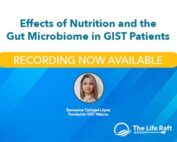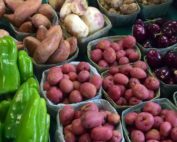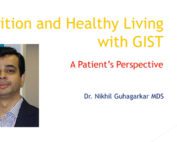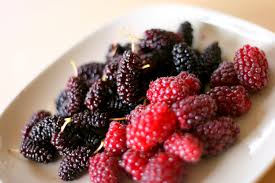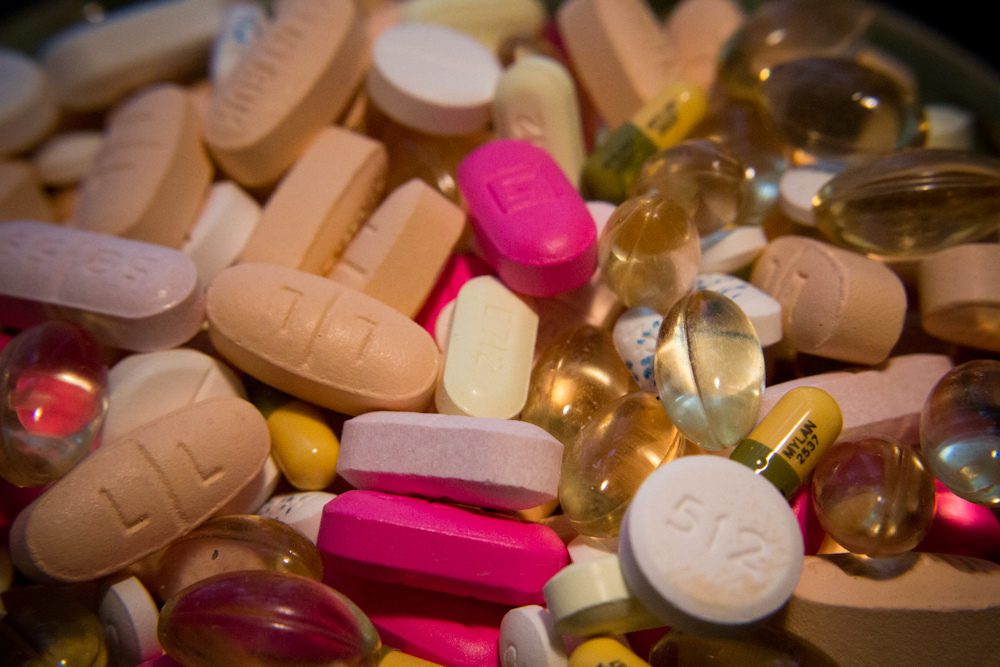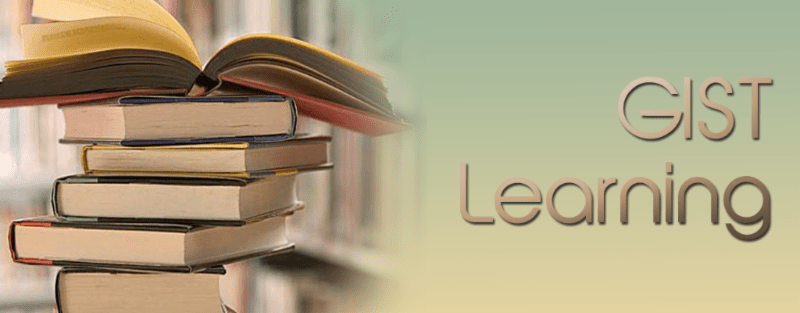
Gleevec is a strong medicine and it causes a number of side effects. One of the things that it does is it reduces the levels of calcium and magnesium in the blood. Why it does this is still being studied, but one theory is that it affects bone metabolism. This lowering of calcium and magnesium may cause muscle cramps and muscle aches. Talk to your doctor about calcium and magnesium supplements. In addition, you should have your vitamin D levels checked as these can be low on Gleevec and vitamin D is needed to absorb calcium.
Vitamin B-12 deficiency has been noted with Sutent and Gleevec. These drugs have many similar targets. Side effects from one can often be caused by the other as well. B-12 deficiency can also be caused by removal of the stomach or part of the stomach. Many Gleevec patients take some type of B-12, often shots if they have had part of the stomach removed.
Vitamin C: There is no proven issue with vitamin C. There have been a couple of lab experiments in cell lines concerning vitamin C (in CML cells). Some of these experiments showed a beneficial effect and some a detrimental effect of vitamin C. Nevertheless, your body still needs vitamin C.
Nutrition and Healthy Living with GIST
Dr. Nikhil Guhagarkar is an Oral and Maxillofacial Surgeon based in Mumbai, India, and is also a GIST (Gastrointestinal Stromal Tumor) patient. He has spent the last few years as a patient advocate, and has also authored the educational booklet A Guide to Nutrition and Holistic Way of Living with GIST. In this webcast, he discusses how to use a holistic approach that incorporates nutrition and exercise (including yoga and meditation) to achieve higher energy levels and help you live better with your disease.
While Dr. Guhagarkar is a GIST patient, this webcast would benefit anyone who struggles with these issues, regardless of the disease they have. We believe that patients and caregivers sharing their experiences plays an important part in helping fellow patients live better with their disease and side effects.
Play Nutrition & Healthy Living with GIST
(enter ‘guest’ and an email to play webcast)
Also by Dr. Guhagarkar:
Dental Health Care in GIST
Next Steps
Read this article by the LRG Science Team
“Antioxidants: Useful Supplements or Should We Refrain?”
More articles on Nutrition for GIST patients:
Efectos de la Nutrición y la Microbiota Intestinal en pacientes con GIST
TE INVITA A LA REUNIÓN DE PACIENTES PARA CONVERSAR SOBRE:"Efectos de la Nutrición y la Microbiota Intestinal en pacientes con GIST". La Sra. Carbajal-López describió los beneficios de una nutrición adecuada, la relación entre la nutrición y los procedimientos quirúrgicos, el vínculo entre el microbioma y el cáncer, y el ejercicio. 07 junio.
Effects of Nutrition and the Gut Microbiome in GIST Patients
The Life Raft Group partnered with Fundación GIST México to host “Effects of Nutrition and Gut Microbiome in GIST Patients” on May 4th, 2022, presented by Ms. Berenice Carbajal-López.
How to Balance Your Diet During the COVID-19 Pandemic
Nutritional status plays a very important role in the prevention and treatment of contagious and non-contagious diseases. In the frame of a health contingency, the use of strategies that strengthen our nutritional status and immune system is essential.
A Lively Liver: Monitoring Liver Health with GIST
The liver, located under the right rib cage, is the body’s largest internal organ and acts as a factory, regulating digestion, blood content, nutrient production and storage. The liver [...]
LRG Webcast Series: Nutrition and Healthy Living with GIST
While Dr. Guhagarkar is a GIST patient, this webcast would benefit anyone who struggles with these issues, regardless of the disease they have. We believe that patients and caregivers sharing their experiences plays an important part in helping fellow patients live better with their disease and side effects.
What is Angiogenesis?
Angiogenesis is a natural biological process that promotes the body’s growth of new blood vessels used for healing and cell reproduction. As described by the Angiogenesis Foundation, it is [...]
Nutrition – Absorbing Nutrients After Surgery
The digestive system is a group of organs that work together to feed the entire body by converting food into energy and basic nutrients. Food is ingested through the mouth; passed through the esophagus into the stomach; and filtered through the small intestine, pancreas and liver. Based on its particular function, each organ contributes in different ways to turn the food we eat into the nutrients we need.
Living With GIST – GAD 2015 Webcast
A presentation to commemorate the 2nd Annual GIST Awareness Day The Life Raft Group hosted a distinguished panel of experts on GIST Awareness Day to share their knowledge in areas [...]
Study on Vitamin Supplements Raises Concerns
A recent study presented at the American Association for Cancer Research (AACR) Annual Meeting on vitamin supplements and their role in the increased risk of cancer and heart disease [...]


